In 1980, the total price to attend the University of Notre Dame including room and board was $8,500 a year, according to Mr. Gil Martinez. Now, the total cost to attend Notre Dame with room and board is around $81,000. This means the price has increased by 853% in just over 40 years. And that’s just Notre Dame.
Taking into account all of the colleges and universities in the United States, from 1980-2021, there has been an average increase of 153% in price, with private schools having the larger average increase at 172%. Mr. Martinez, who was a Notre Dame admissions officer for over 10 years, sat down with me to talk about the rising cost of college.
“The big jump happened in the 90s,” said Mr. Martinez. “Colleges became more consumer oriented.” Colleges started expanding and creating more buildings, amenities and services to entice students to “buy” their product.
To help build all these facilities and pay the increasing salaries of college professors and employees, they dramatically increased the prices of attending.
“I still think it went up way too fast [and], candidly, financial aid has not been a high priority for schools,” said Mr. Martinez. “They want to attract the families that have the money to pay for college.”
This mindset of colleges hasn’t impacted the wealthy–they can pay the steep price for college– and it hasn’t been felt by the very poor–they have need based aid–it has been felt by the middle class.
To add on, Mr. Martinez said, “The way the FAFSA, [or Free Application for Federal Student Aid], works, for the longest time going into the early 2000s when I was at Notre Dame, the wealthy were taken care of, the poor were taken care of, it was that middle class that got squeezed out.”
The proportion of United States citizens who are middle class and having to make tough decisions on college is around 50%. That’s half of the United States population having to decide how they will pay for college.
Colleges most likely won’t even pay for all the aid you need after it’s calculated. “The family contribution is subtracted from the total cost of attending the college and what’s left over is called ‘need,’” explained Mr. Martinez. “What most schools are going to do, because they don’t have financial aid as a high priority, they’re going to offer some money, including loans, and they’ll still be a gap; they won’t meet that full need.”
This is all because college is a business that in order to compete with other colleges, it needs the income. And in the world we live in today, it’s hard for typical, American families to pay for college.
“We will get to a point where [the colleges] will hit the ceiling real fast,” said Mr. Martinez. “The primary mover of that in the next few years is that there is a pretty steep fall off of high school graduates going into college.”
That fact can be seen from spring 2021 to spring 2022 where undergraduate enrollment dropped by 4.7%. That’s 600,000 more students deciding not to go to college. That will be compounded with the fertility rate dropping in the United States year after year, meaning there will be less 18 year olds every year.
An option for students who don’t want to pay for the full cost of college is the community college route. Mr. Martinez said, “I think the next move is that we’re going to see more and more students choosing to go to community college first instead of paying for four years, only paying for two.”
There are other options for students who don’t want to go community college and instead go to a big university. There will typically be funding and aid for in-state students wanting to go to ASU, U of A, or NAU. If a student wants to go to a private institution, that’s a whole different story.
The only aid in place for private institutions is the need-based system that Mr. Martinez talked about earlier. And again, most private schools don’t cover all of an incoming student’s need, giving them only one big way to pay for college: loans.
As of July 2023, U.S. citizens collectively owe $1.77 trillion in student loans. To put that in perspective, that’s equivalent to Notre Dame’s cost to attend per year 21,852 times over. That’s expensive.
Most students will try to find a way around going into debt. “I’ve had families who couldn’t afford [college] and were openly in front of me talking about second or third mortgages in their house,” said Mr. Martinez.
Are students in the coming years willing to pay $81,000 or go into $200,000 in debt to get a private college degree? What about $40,000 for an out of state public university? It begs the question: what value will college hold for students in the upcoming years?

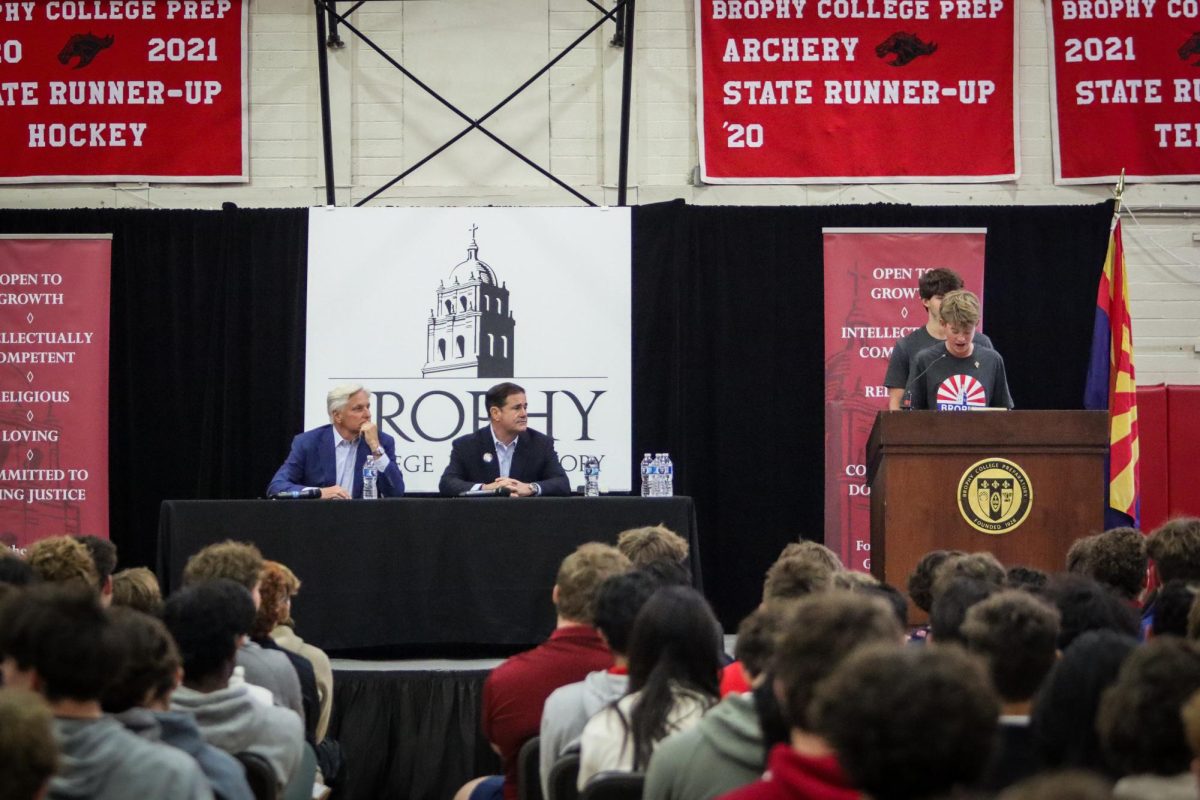
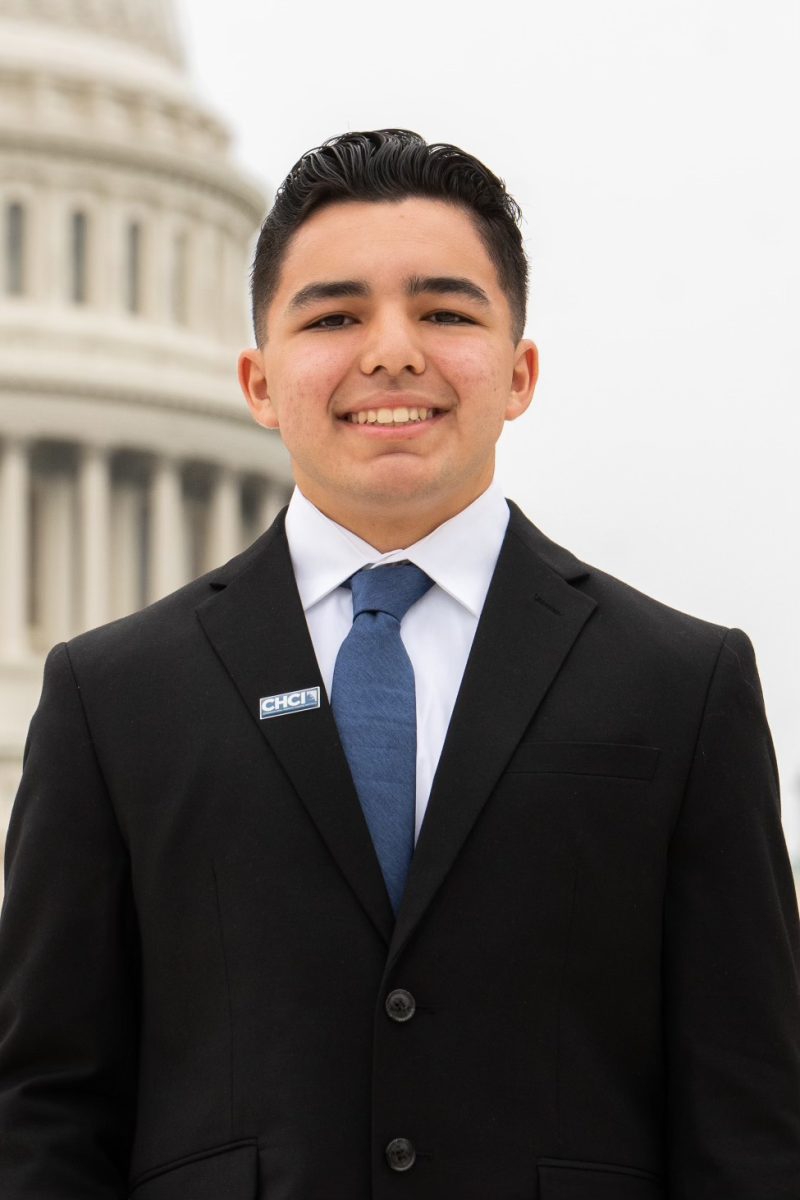
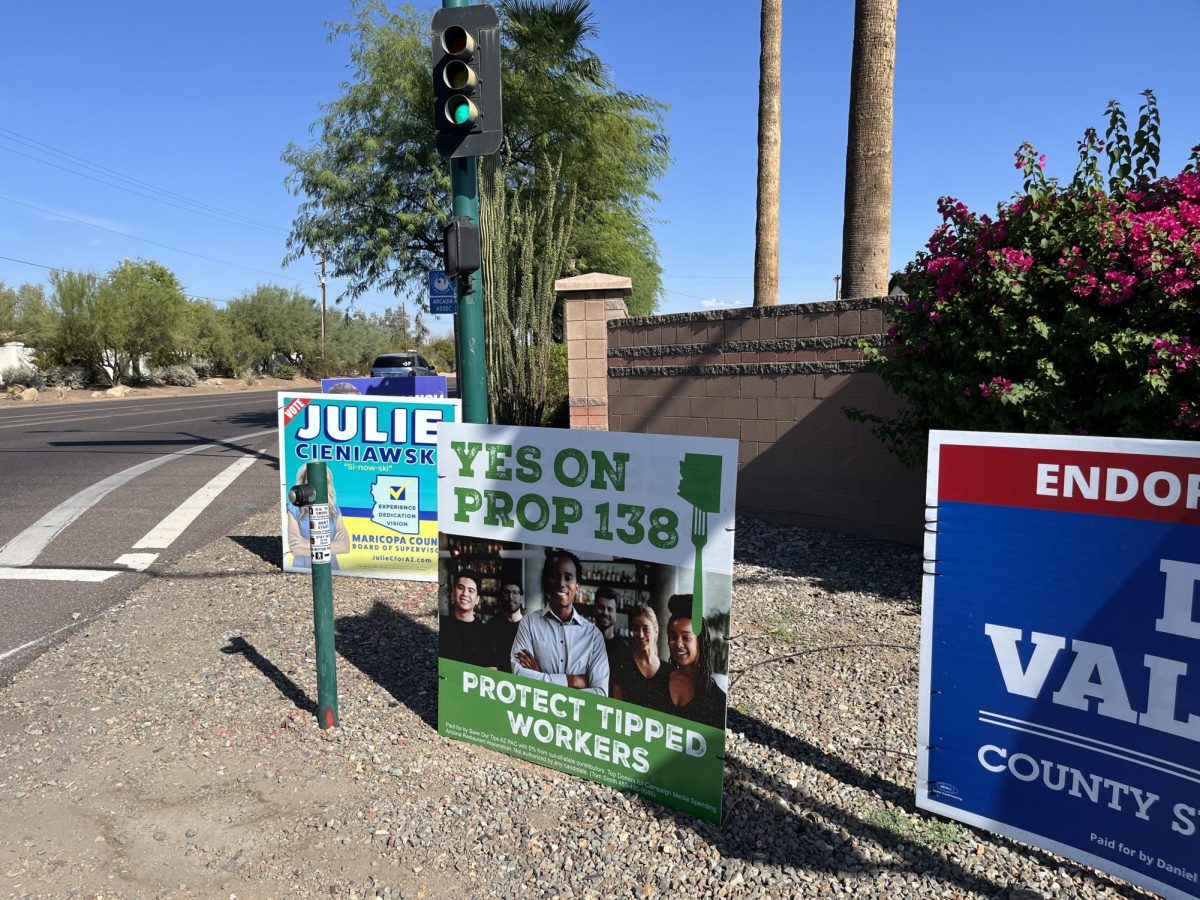




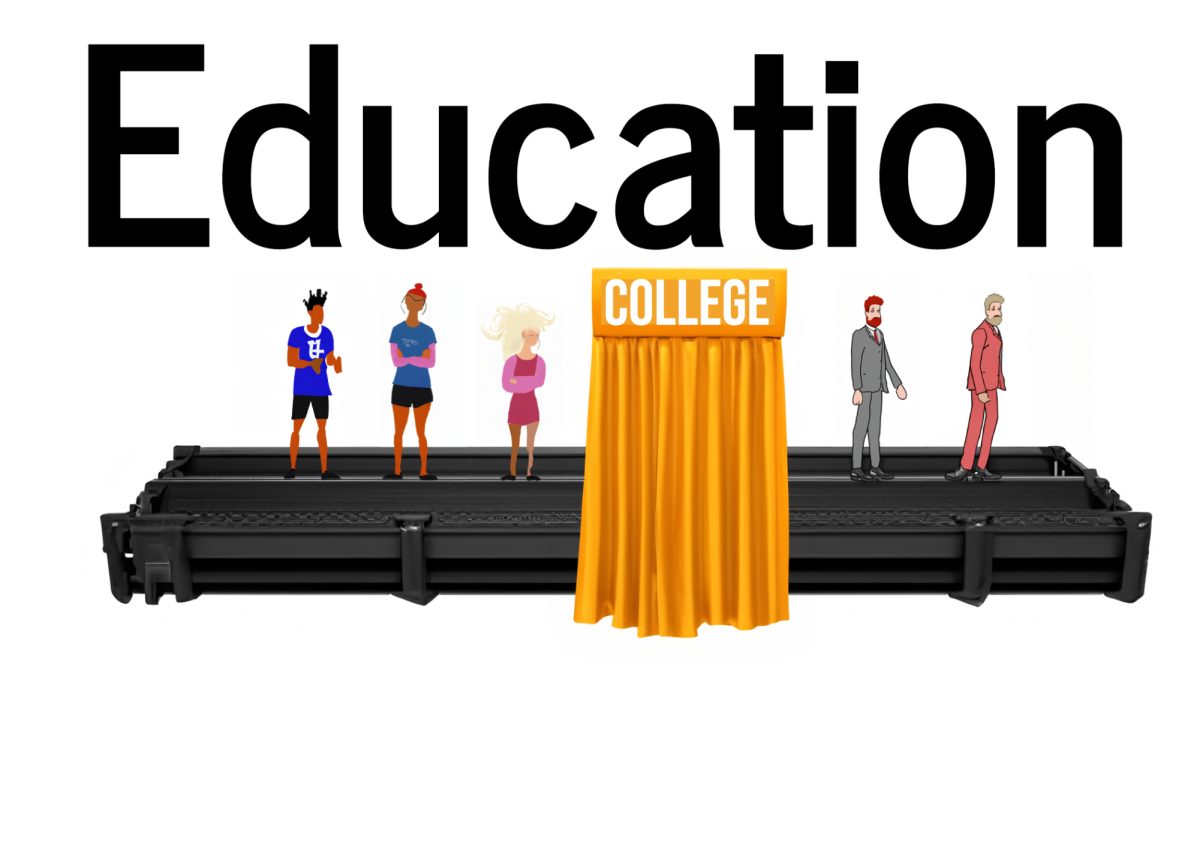
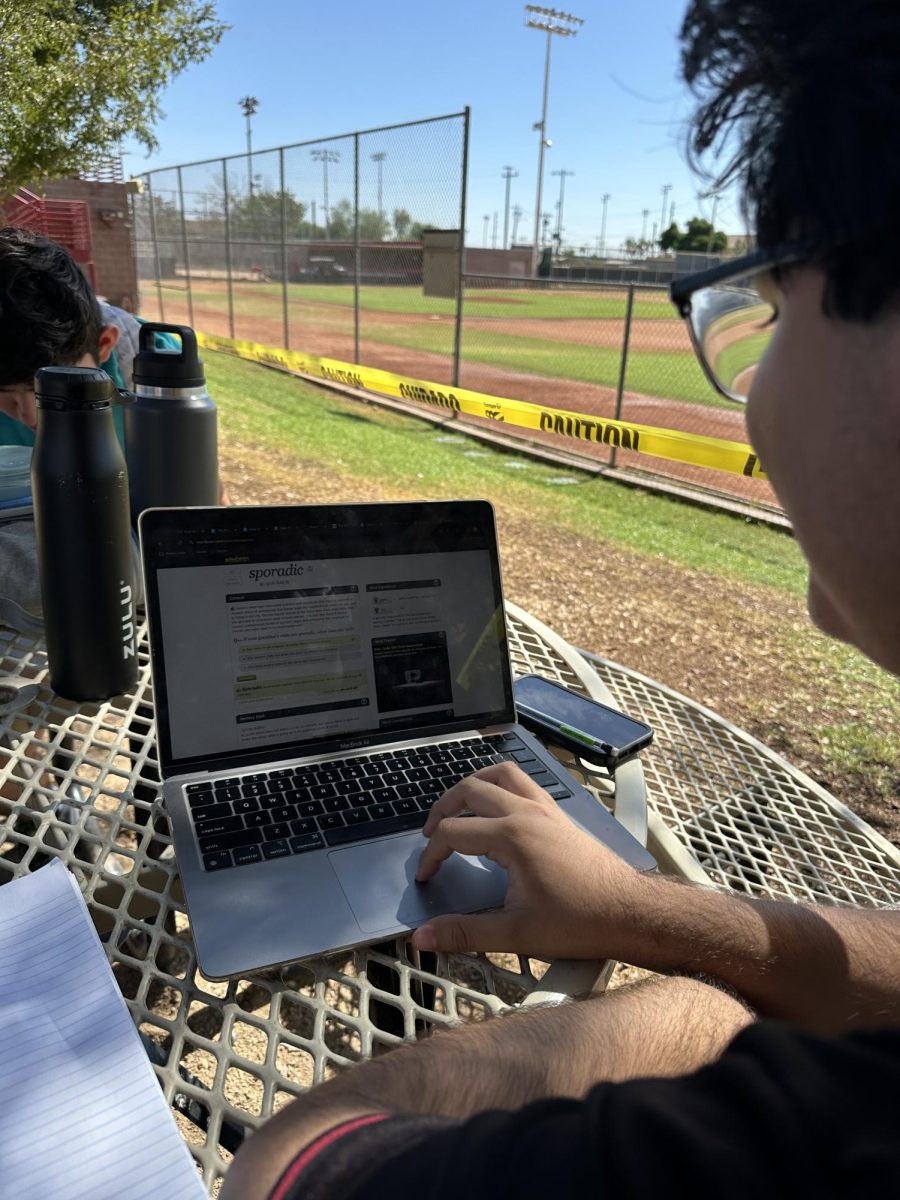
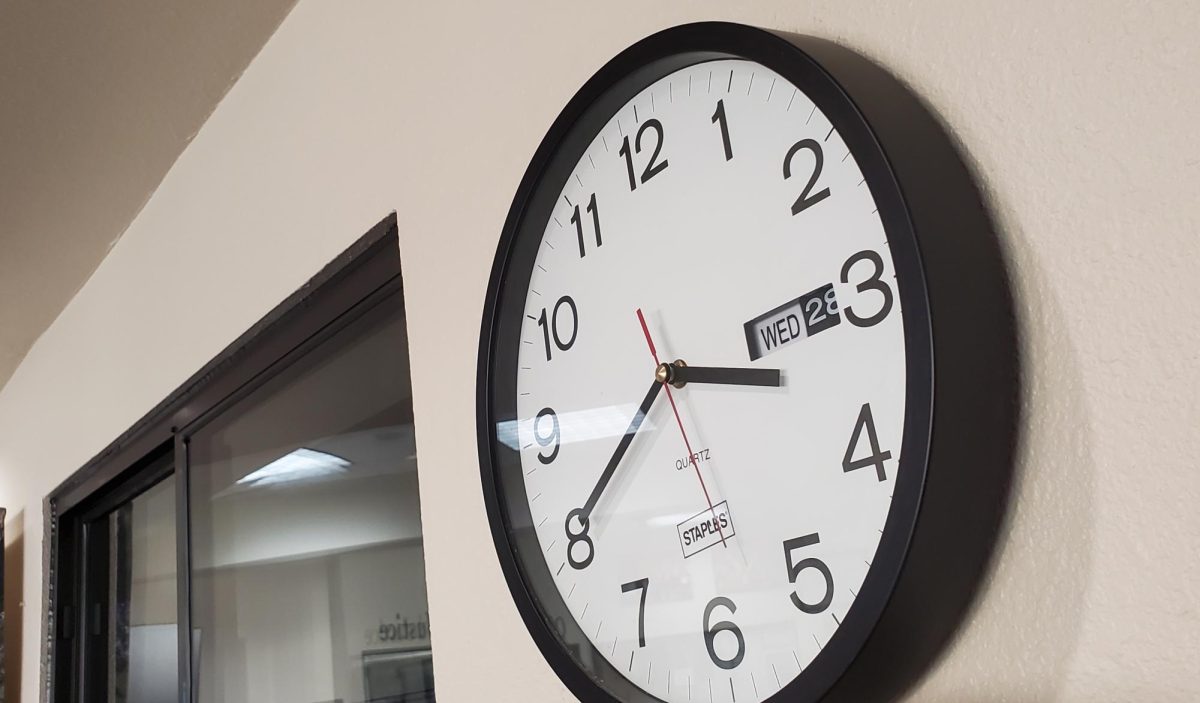
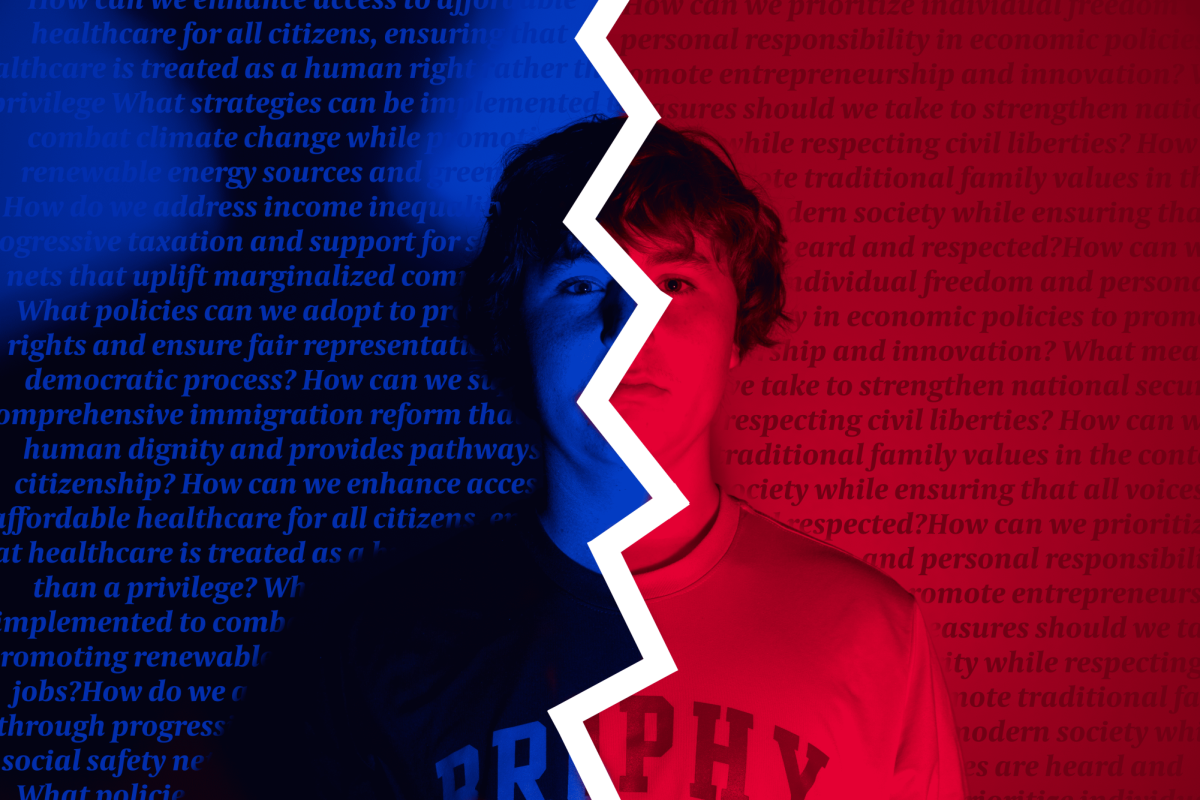
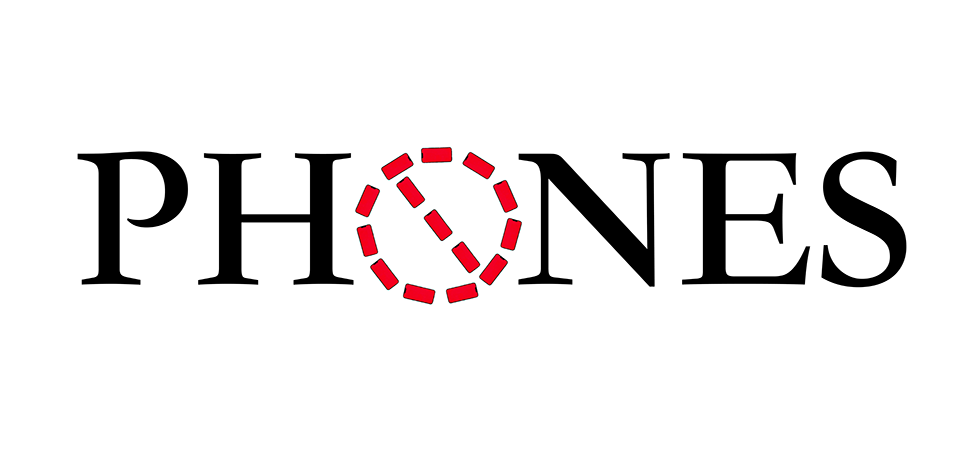


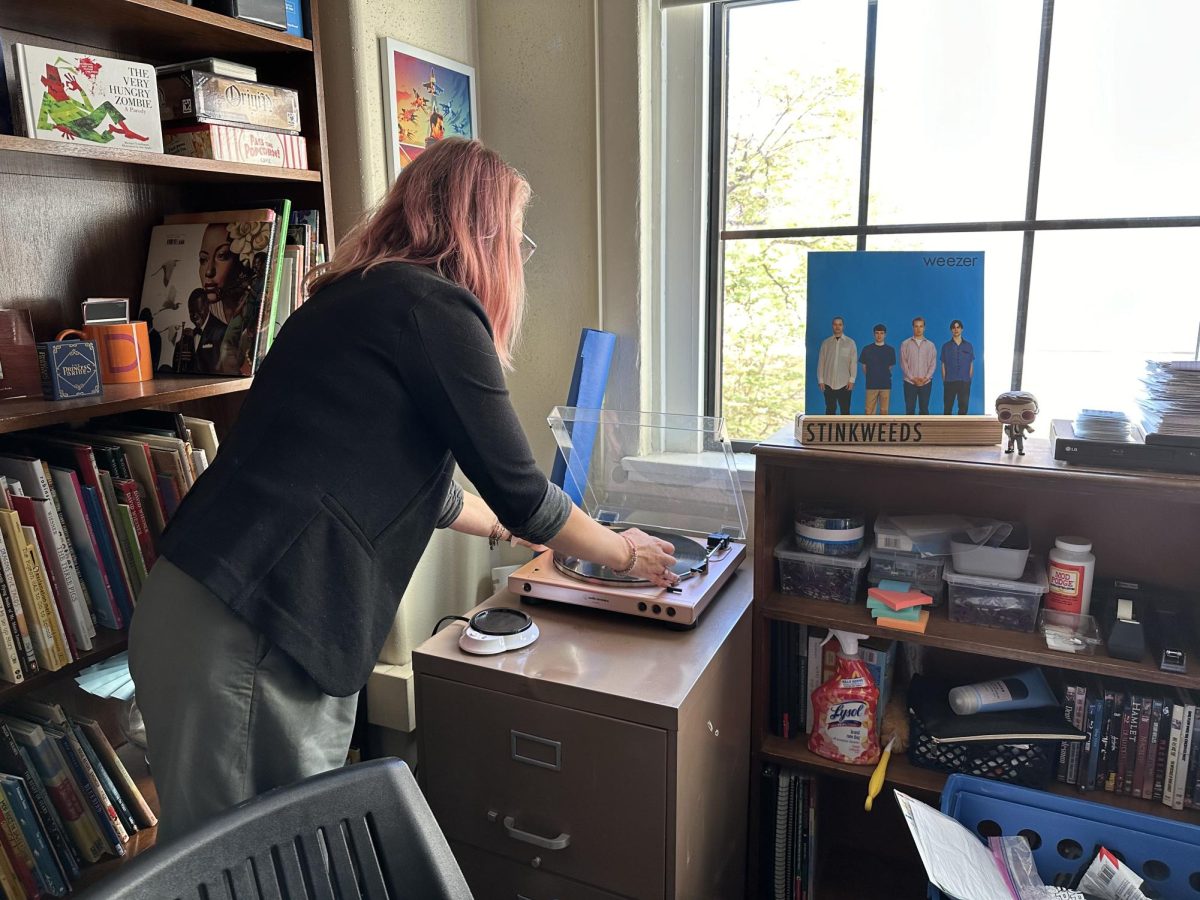






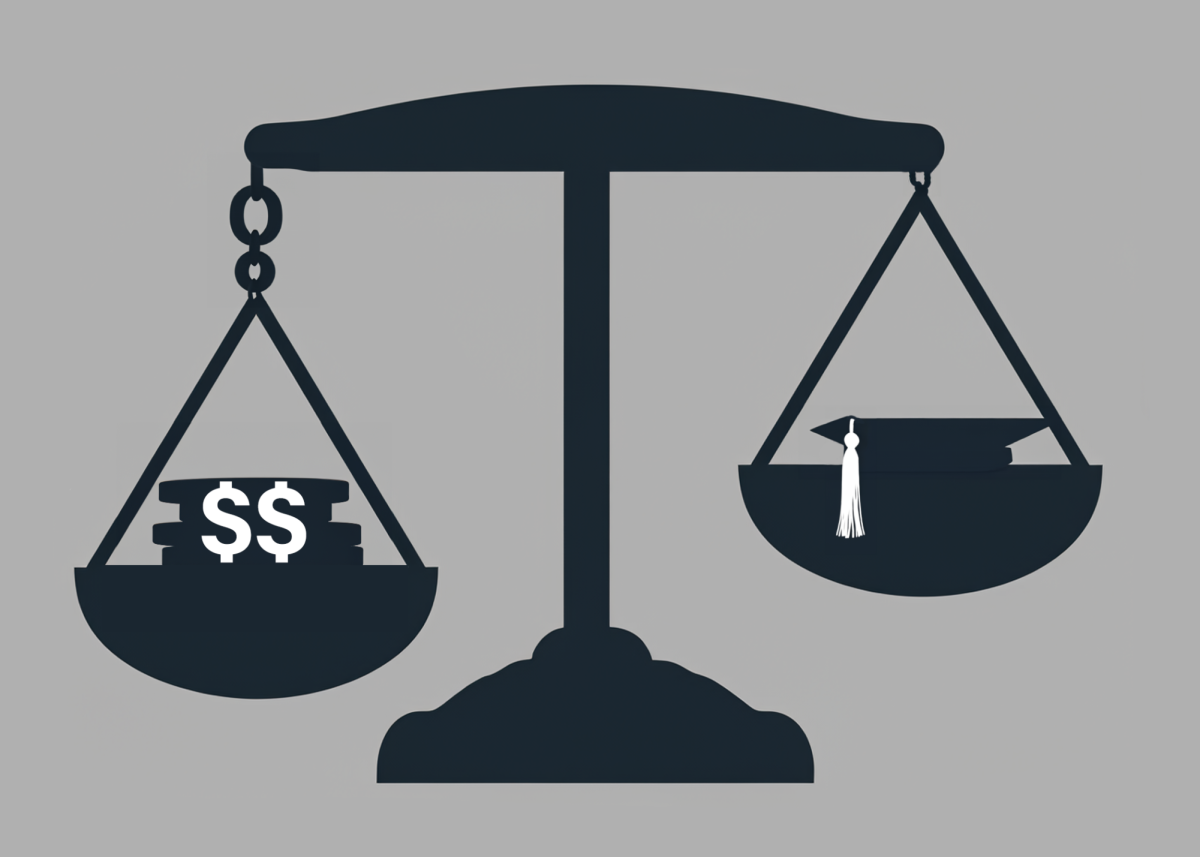





Heather Johnson • Mar 4, 2024 at 4:17 pm
Please consider looking into ROTC scholarships! They will pay 100% tuition and in many schools, cover room and board. The US Military is in need of wonderful young men and women and an active duty commitment is just 5 years. Couple that with the bountiful opportunities to attend grad school nearly free given the many scholarships offered to Veterans post service. ROTC and Military Academies should be promoted more, in my opinion as an affordable option for college and a rewarding way to give back to the Country. Brophy has a great history of grads going onto military service. Let’s keep it going!